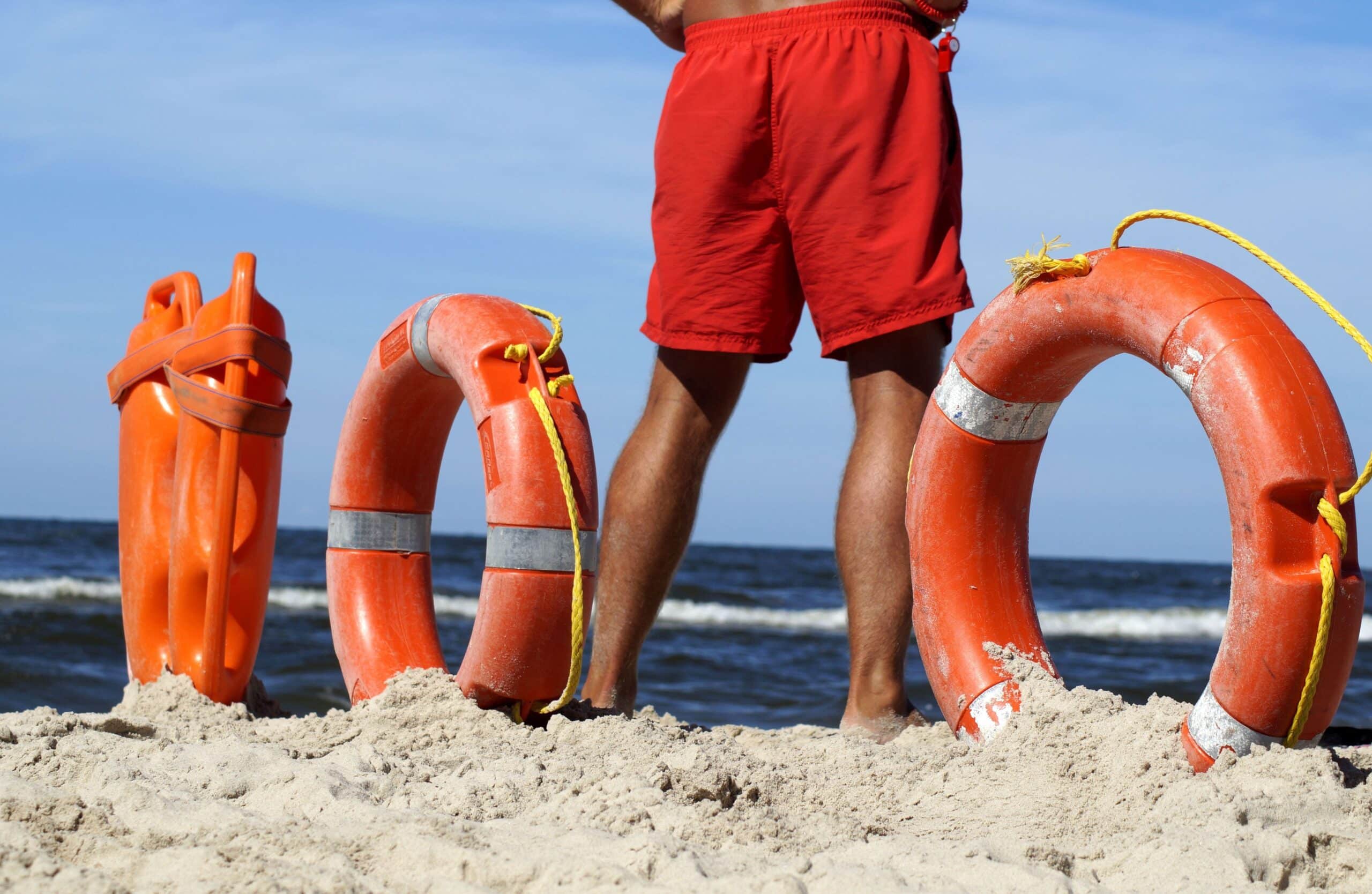Measures must be taken to address rising drowning cases
There were 49 drownings in mainland Portugal in the first four months of the year, the highest figure since 2017, according to data from the report from the Portuguese Lifesaving Federation (FEPONS), which is calling for measures to prevent such deaths.
In a statement released this Friday, FEPONS said that its Drowning Observatory had found that the number of such incidents in Portugal is breaking records, with 49 deaths recorded up to April 30.
In comparison, there were 43 drowning deaths in the same period in 2023 and 38 in 2022.
This year’s figure was made worse by the fact that April was the worst month in terms of records for the observatory since January 2017.
Last month there were 26 deaths by drowning, while in April 2023 there were 16 and in the same month in 2022 there were 14.
FEPONS notes out that 60.9% of drownings in the first quarter of the year occurred in the morning, with the majority recorded in the sea (21), followed by rivers (16) and wells (six), with one case each in a ditch, a dam, a lake and a cesspit.
According to the report for these three months of the year, more than half of the people who died from drowning were men (69.5%) and aged between 70 and 74 (21.7%).
Most cases occurred while swimming in the sea for leisure, paragliding activities, people and vehicles falling into the water, and “unknown causes”.
The federation also notes out that all deaths by drowning recorded took place in unsupervised and unattended locations.
In terms of geographical distribution, 21.7% of cases occurred in the district of Porto, 13% in Coimbra and Lisbon, 8.7% in Aveiro, Setúbal, Viana do Castelo and Madeira, and 4.3% in the Azores, Braga, Leiria and Santarém.
FEPONS also points out that 47.8% of deaths in these three months took place in January, with 26.1% occurring on a Saturday.
The federation emphasises that these results highlight the urgent need for significant policy changes in this area.
It argues that assistance to bathers should be provided all year round, during all seasons and with different levels of alert according to need, and that local authorities should take sole responsibility for assisting bathers, through lifeguard associations.
It also calls for the installation of equipment to improve surveillance, rescue and protection for lifeguards, such as watchtowers, 4×4 motorbikes, sea rescue motorbikes, among others.
Increasing aquatic safety in Portuguese schools, including educational and practical aquatic safety programmes, incentives for seasonal lifeguards, the creation of a special career in the civil service for lifeguards and compliance with legislation in public use swimming pools are other necessary measures pointed out by FEPONS.
The Drowning Observatory is a system set up by the federation to record drowning deaths in Portugal. Its registry is made up of links to newspaper clippings or images of these, which should be sent by anyone to the e-mail observatoriodoafogamento@gmail.com or posted on the observatory’s Facebook page.
This year’s bathing season began on the May 1 bank holiday in the municipality of Cascais and in some parts of Madeira.
Each year’s bathing season is defined in a decree published in the state gazette, which identifies the bathing waters and the respective season; until publication it was considered that at national level the bathing season runs from May 1 to October 30. Between these dates, local councils determine when the bathing season begins and ends in their territory, with some choosing to start earlier and/or end later.
Source: LUSA


























